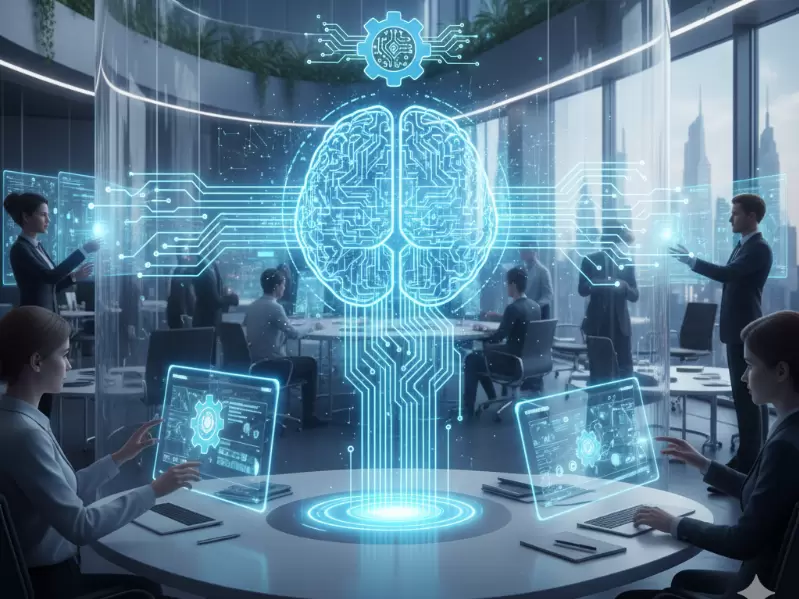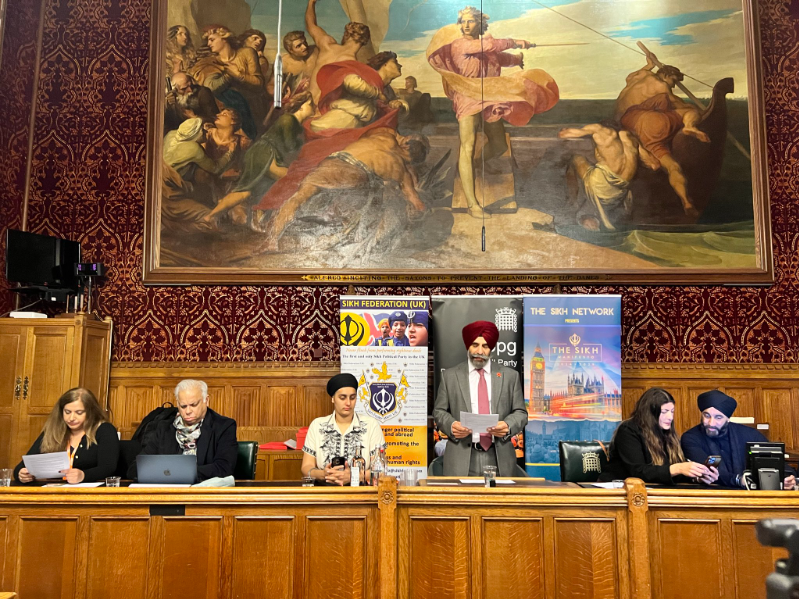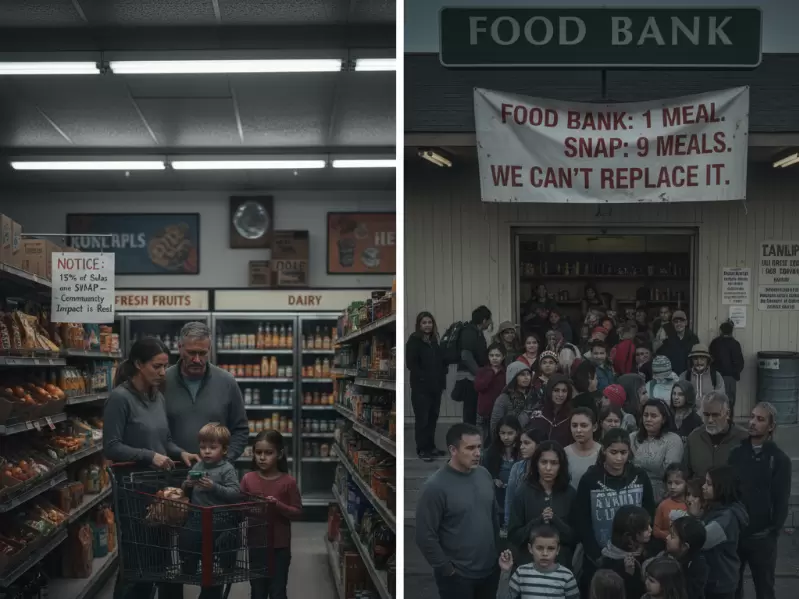AI isnt stealing your job, its rewiring it from the inside
The future of work will belong to those who understand this new grammar of collaboration.
 Representative image / AI generated
Representative image / AI generated
Today, the pertinent question is no longer whether AI will take your job, but how fundamentally it will change it. The emerging consensus among labor economists is that artificial intelligence operates not as a blunt instrument of replacement, but as a granular technology of reconfiguration. It rewires work from the inside out: altering the composition, cadence, and control of human tasks rather than eliminating whole occupations.
A 2025 study by researchers at MIT Sloan School of Management found that AI’s labor effects occur “at the task level rather than the occupation level.” This means that while your title may survive, the texture of your workday will not. What AI is transforming is the microcosm of effort i.e., who performs which cognitive steps, in what sequence, and under whose oversight. The occupations once thought resistant to automation: marketing, law, finance, and education, are now being quietly re-engineered through task substitution.
Repetitive analytical functions, such as drafting, summarizing, and pattern recognition, are increasingly performed by large language or vision models, while humans are reassigned to higher-order interpretation, ethical judgment, and client engagement. The technology doesn’t replace the worker; it re-allocates cognition, dividing intellectual labor into that which can be codified and that which must remain contextual.
These shifts are reinforced by Brookings Research, which finds that AI exposure is highest in routine cognitive roles those built around repetitive information processing and semi-analytical occupations that demand procedural judgment but limited creativity. By contrast, low-skill manual work remains relatively insulated, and high-skill professional tasks stand to be amplified through AI-driven augmentation. The result is a form of “occupational hollowing” wherein AI boosts the productivity and influence of those who design, direct, or interpret complex systems, while compressing demand for workers whose contributions are modular, measurable, and easily codified.
In practice, this means a mid-level analyst’s role may retain the title, but the day-to-day work may shift. For instance, the data aggregation may be handled by AI, report drafting assisted by algorithms, leaving the human to interpret, contextualise and advise. The overall job still exists, but it has been re-engineered.
The Rise of AI Based Task Splintering
What artificial intelligence is truly doing is not replacing jobs but restructuring them from within. It is taking the once-cohesive unit called a “job” and breaking it into smaller, discrete components; a process that labour economists increasingly describe as task splintering. In traditional work design, a single role combined a range of tasks: some analytical, some interpersonal, some procedural. AI disrupts that structure. It isolates each task, evaluates its characteristics, and determines whether it can be performed better by a machine, a human, or a collaboration between the two.
The result is a new division of cognitive labour: Tasks that are rule-based, repetitive, and data-intensive such as information sorting, summarising, or trend detection are increasingly performed entirely by AI systems. Tasks that depend on empathy, contextual understanding, or ethical judgment remain deeply human. And between these two poles lies a growing hybrid zone where humans and machines co-create outcomessuch as report drafting, decision support, or content ideationeach contributing what the other lacks. AI, in essence, reallocates cognition: machines handle precision and speed; humans handle perspective and meaning.
This restructuring changes the anatomy of almost every profession. The lawyer still litigates, the teacher still teaches, and the doctor still diagnoses but none of them do so in the same way. The workday has been re-engineered. A teacher may use AI to design customised lesson plans while focusing her energy on mentoring and emotional support. A doctor may rely on an AI system to read scans or flag anomalies, freeing time for human counsel and moral decision-making. The result is not unemployment, but re-composition: a redistribution of time, judgment, and creative focus within each role.
Over time, this task-level redesign is creating what might be called a cognitive supply chain. Just as the industrial age optimised the movement of physical goods, the AI age is optimising the movement of cognitive tasks across human and machine domains. Each step in this chain: data collection, analysis, interpretation, and decision have a different efficiency frontier. The organisational challenge, therefore, is not to eliminate humans but to allocate intelligence wisely
What This Means for Workers, Firms and Society
For workers, the challenge is no longer simply reskilling for an unknown job of the future. It is redefining what work means. If the job is now a sequence of tasks augmented by algorithms, your value lies in what machines cannot codify: human judgement, context-setting, moral oversight, storytelling. The imperative becomes mastering human-machine collaboration, knowing how to supervise, interpret, redirect the algorithm, not compete with it.
For organisations, the shift is profound. Firms must map tasks, decide which are machine-led and which human-led, and prevent the trap of “easy-to-measure = important.” Too often what is tracked becomes what is done; what is done becomes what is valued. In this era, businesses must protect spaces of human discretion because they are the source of innovation, trust, and ethical resilience.
For society and policy, we face a new contract of work. Stable jobs built around full-time employment, benefits and linear careers, no longer remain the default. Work becomes modular, dynamic, networked. Our systems of training, benefits, labour protection must evolve accordingly: portable credentials, transparency around algorithmic management, rights to contest evaluation systems, and new models of value recognition beyond quantifiable output.
Ultimately, AI is not taking your job; it is rewriting its architecture. The future of work will belong to those who understand this new grammar of collaboration.
(The views and opinions expressed in this article are those of the author and do not necessarily reflect the official policy or position of New India Abroad)
ADVERTISEMENT
ADVERTISEMENT
E Paper
Video



 Pooja Jain
Pooja Jain











Comments
Start the conversation
Become a member of New India Abroad to start commenting.
Sign Up Now
Already have an account? Login